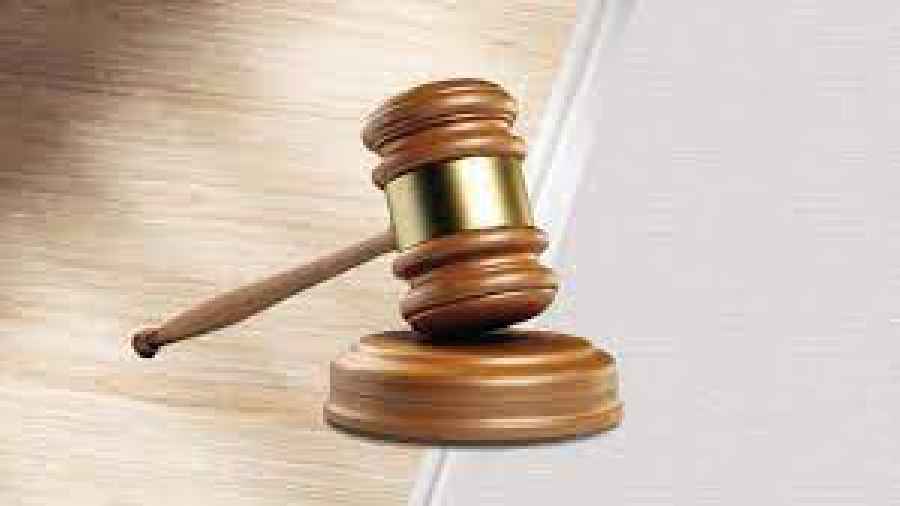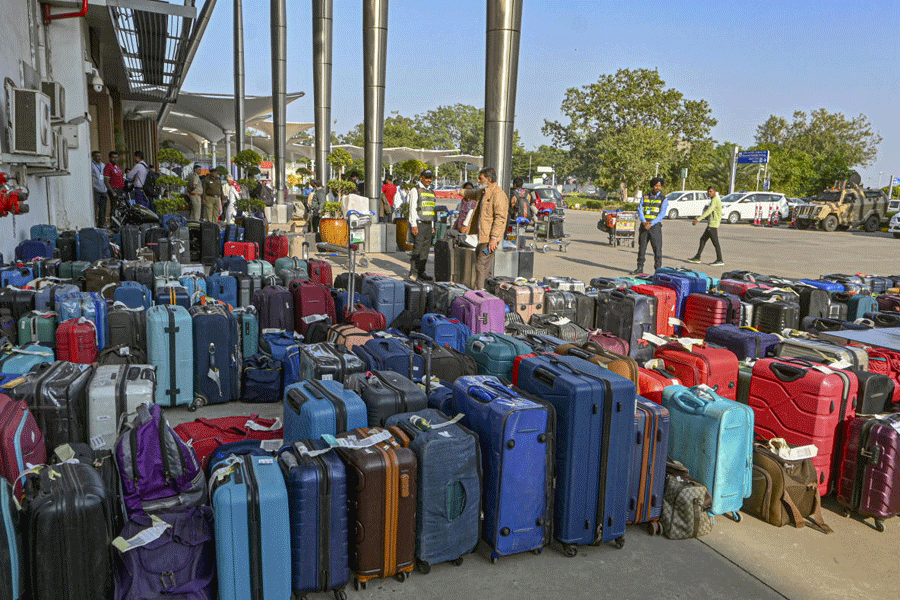Grey areas require guidelines for navigation. Heinous crimes committed by 16-to 18-year-olds, when the age for adulthood in India is 18, present a deeply disturbing grey area: should they be judged as children or as adults? Heinous crimes include rape and murder, and while The Juvenile Justice Act (Care and Protection of Children), 2015 provided scope for the trial of 16- to 18-year-olds as adults after examining their mental and physical capacities, their understanding of consequences and the circumstances of the crime, the guidelines for the preliminary assessment needed laying out. The National Commission for Protection of Child Rights has done so in draft form according to the Supreme Court’s orders from last year. The draft guidelines focus on a transparent process of reporting, through named experts, on the abilities and understanding of the child and his or her perception of outcomes. What could be most helpful among these is the in-depth scrutiny of the circumstances of the crime. This would include the child’s social and psychological background and the context of the crime, mentioning if they are victims of abuse or children in need of care and protection. No statement about the crime by the child or any other person or anything incriminating can be included since a preliminary assessment is not an investigation.
By remaining neutral, the preliminary assessment would allow experts to decide whether the child should be tried as a juvenile or an adult. The draft guidelines seem to have kept in mind the requirements of what the Supreme Court reportedly called a delicate matter. But in a problem such as this, not all loopholes can be foreseen, however nuanced and caring the assessment promises to be. The unevenness of children’s exposure, ranging from school education to social media on the one hand, which is often inconsistent with experiences at home on the other, can give rise to confusion, misdirected expression and wrong-headed ventures. Yet this often goes with an understanding of consequences. The age division also suffers, inevitably, from some arbitrariness. Is there a magic leap at 16? Caring for children while delivering justice is perhaps one of the State’s most difficult tasks. It must have the time and provide the resources to give each case separate attention; the draft guidelines for preliminary assessment will prove successful only if this is achieved.










